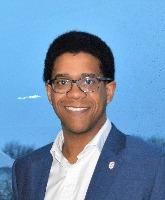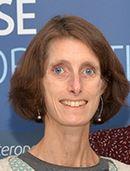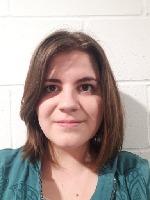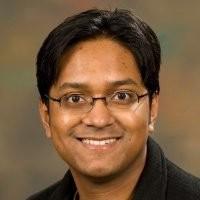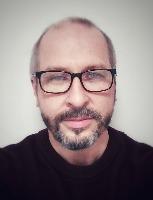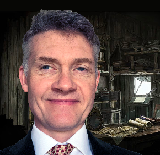DPC
Building Connections Through Data Conversations At Lancaster University
Josh Sendall is Research Data Manager at Lancaster University Library (the Library)
When you’re enabling Research Data Management (RDM) best practice it’s easy to get caught up in the systems and services. To focus on processes - on planning, storing, transferring, archiving and sharing digital objects. And yet, behind every Data Management Plan, behind every dataset, there’s a person making a contribution to scholarship.
At Lancaster University every few months we convene 'Data Conversations.' These are two-hour events where current Research Data Management issues are discussed. We start with an informal free lunch for all attendees, followed by a mixture of short talks and panel discussions. Bringing our researcher community together in this relaxed and friendly environment continues to provide a dynamic and innovative platform. What's more, it's a chance to meet researchers from different disciplines and at different career stages — what's not to like!
Preserving Moving Image & Sound: a DPC Briefing Day
The DPC invites you to join a briefing day to learn about emerging best practice in the digital preservation of sound and moving image. Invited speakers will share their experiences preserving these valuable collections at high risk of degradation and loss. Talks will address on-going work at national institutions tasked with looking after digital heritage as well as small organisations doing sound and moving image preservation on a shoe-string budget. Participants will have the opportunity to ask questions during each session and also to put their queries and curiosities to all the speakers through a panel discussion to wrap up the day.
Description
In his 2012 DPC Technology Watch Report, Richard Wright explains that ‘audiovisual recordings are surrogate reality.’ Through this surrogate reality, the spectator experiences an impression of the sights and sounds of a situation.
In actual reality, ‘the technology … only captures the sequence of light patterns or sound pressures acting on the recording instrument (camera, microphone). These … signals are more like data than like artefacts. The preservation requirement is not to keep the original recording media, but to keep the data, the information, recovered from that media.’
In other words, the aim of practitioners is to maintain the experience of a particular surrogate reality through the signals underlying the work. To maintain over time the data (and metadata) underlying the song, the recorded interview, the sound effect, the short film, the news item, the feature-length film or any example of the broad and varied array of moving image and sound material.
Richard Wright asserts that as a result of this requirement, ‘audio and video need digitization for the very survival of their content.’
Though this report now approaches its 7th birthday – and is in fact being updated and refreshed this year – this explanation still fundamentally describes the challenge to preserving moving image and sound. Most works of moving image and sound do not exist in a very accessible or preserve-able form at the point of creation. Even born digital content often lives on highly vulnerable storage. In a 2008 TAPE Project study of 374 European moving image and sound collections, only 16% of 19 million hours of content was in digital format and most of that was stored on physical carriers (CDs, DVDs, etc.).
That was more than a decade ago – today, with projects like the BFI’s mass digitization initiative as part of the Unlocking Film Heritage work and British Library’s digitization through Unlocking Our Sound Heritage – collecting bodies are moving towards converting moving image and sound to digital for preservation (and, just as critically, for access).
Given this recent progress, how has best practice for preserving moving image and sound evolved over the last 10 years? What new approaches, standards, and tools exist to support practitioners tasked with looking after this vulnerable content? How are leaders in this space responding to new challenges and accommodating new sources of digital content (such as web platforms and new formats)?
This one-day briefing addresses these questions and reflects on the lessons learned over the last decade. The programme will feature speakers with different backgrounds and with experiences working with different forms of moving image and sound. While this briefing day invites talks from leaders in the advancement of moving image and sound preservation, it also draws on practitioners who have learned practical lessons about preserving this difficult content with limited resources.
Attendees will have the opportunity to learn from their fellow practitioners undertaking the preservation of moving image and sound – both those on stage and those sitting at their table. Speaker Q&As and a panel session have been built into the programme to allow the needs and interests of attendees to shape discussion and facilitate knowledge exchange.
Who should come?
This workshop will interest:
- Archivists, librarians, and curators with collections including moving image and sound material or those who anticipate collecting this content in the future
- Digital preservation specialists and repository managers who look after moving image and sound material
- Audiovisual engineers and other specialists tasked with the maintenance of moving image and sound material
- IT professionals with a focus on digital preservation who support repositories with moving image and sound material
- Postgraduate students or early career professionals with an interest in learning more about the preservation of moving image and sound
- Creators of moving image and sound with an interest in ensuring the long-term availability of their works
Programme
Members, please login to see the recordings.
10.00 Registration, Tea & Coffee
10.30 Welcome
10.45 Setting the Scene: The Importance of Archives in Documentary Film Making by David Wilkinson, documentary film-maker & founder of Guerrilla Films
Best Practice in Archiving Moving Image & Sound
11.00 'Strategies and Tactics for High-volume Digitisation and Digital Preservation' by Stephen McConnachie, Head of Data and Digital Preservation at British Film Institute (BFI)
11.30 Preparing and Planning for the Digital Preservation of Moving Image and Sound at RTÉ by Adrienne Warburton, RTÉ Archives
12.00 Dave Rice, Moving Image Archivist at CUNY Television (please see recorded stream for the presentation)
12.30 Lunch
Case Studies in Getting Started with Preserving Moving Image & Sound
13.30 Case Study from Ruth Cammies, Archivist at Open University
13.50 Case Study from Jenny Mitcham, DPC and former Digital Archivist at Borthwick
14.10 Case Study on John Laing Oral History Interviews at Historic England Archive by Ciaran Davis
14.30 Tea, Coffee & Biscuits
15.00 Panel Session
15.45 Feedback
16.00 Close
Prerequisites for Attendance
Attendees do not need to be moving image or sound technicians or even experts to attend this briefing day. Attendees will benefit from a basic knowledge of digital content in general, how it behaves, and the over-arching challenges to preserving it.
Can't make it in person?
Parts of this event will be broadcast live on the day and recordings shared on the DPC website page for Members (login required).
Follow the event on Twitter using #dpc_movimgsound
DPC Inclusion & Diversity Policy
The DPC Community is guided by the values set out in our Strategic Plan and aims to be respectful, welcoming, inclusive and transparent. It encourages diversity in all its forms and is committed to being accessible to everyone who wishes to engage with the topic of digital preservation. The DPC asks all those who are part of this community and/or attending a DPC event be positive, accepting, and sensitive to the needs and feelings of others in alignment with our DPC Inclusion & Diversity Policy.
Event header image used with permission of www.digitalbevaring.dk.
EU Publications Office archiving and long-term preservation team celebrate 1st birthday
Els Breedstraet is teamleader for archives and long-term preservation at the Publications Office of the European Union
Dear diary
16th of April – Today, the archives and long-term preservation team at the Publications Office of the EU (OP) celebrates its first birthday. Exactly a year ago, OP was reorganised and for the first time the four services linked to archiving were grouped together into one team. I got entrusted the exiting, but also very challenging, task of heading the team. Some of my colleagues are working already a long time in the field, others are completely new to the trade.
PASIG 2019, 12-14 Feb, El Colegio de México, Mexico City (part 2)
Rachel Tropea is Senior Research Archivist at the University of Melbourne and and attended PASIG2019 with support from the DPC's Leadership Programme which is generously funded by DPC Supporters
This is the second of two blog posts about PASIG2019 held at El Colegio de México in Mexico City. In the previous post I looked at the history and organisation of Preservation and Archiving Special Interest Group Meeting (PASIG), and in this post I summarise the content of select presentations.
There is a broadening scope of professionals and skill sets that are included under the umbrella of ‘digital preservation’ and this was reflected at PASIG, both in the presentations and in the list of attendees. The overriding theme of the conference was that people, values, politics, policies and resources are integral to and intertwined with the technical components of the infrastructure landscape.
Archiving Final Draft: A potential digital gold mine of film and TV scripts
Emily Walker is a CHASE-funded Doctoral Researcher at the University of East Anglia currently specialising in television comedy. Her thesis is investigating the representation of religion in four British religious sitcoms – All in Good Faith, The Vicar of Dibley, Father Ted, and Rev – to establish ‘religious sitcoms’ as a sitcom sub-genre. She is also undertaking a placement as Curatorial Assistant for the British Archive for Contemporary Writing’s TV Comedy Collection (University of East Anglia).
Archiving Final Draft: A potential digital gold mine of film and TV scripts
But can we access the creative process behind them?
Within the screenwriting industry, Final Draft is universally acknowledged as the industry standard scriptwriting software to use if you want to be taken seriously as a professional. The Final Draft website proudly boasts that companies from the BBC to Netflix to Walt Disney use the software for their productions, and includes quotes from users such as Guillermo Del Toro, JJ Abrams, and Sofia Coppola praising the ease of use and technical ability. Del Toro even humorously suggests that Final Draft has been such a ‘wise, patient and loyal writing partner’ that he would happily elope with the software.
The package – which currently costs around £200 – can write Film, TV, or theatre scripts, can be customised to suit any company scriptwriting format, allows for cross-computer collaboration, works on almost any device, and has regular updates introducing new interactive features like a beat board and alternative dialogue (which I’ll return to later). Overall, the Final Draft software is used in over 95% of film and television productions.
Digital Preservation to Support Large-Scale Digital Repatriation Initiative of Qatar National Library
Dr. Arif Shaon is Senior Digital Curation Specialist at Qatar National Library
Qatar National Library
On 16 April 2018, we were officially inaugurated as the Qatar National Library by His Highness Sheikh Tamim Bin Hamad Al Thani, the Emir of Qatar, and became one of the youngest national libraries in the world. Despite being a young library, we have taken confident steps towards supporting Qatar’s transition from a reliance on natural resources to a diverse, sustainable knowledge-based economy. Our initiative for digitally repatriating the nation’s cultural heritage, which began long before our grand opening in April, especially in the form of the Qatar Digital Library (QDL)[1], is a significant contribution to the Library’s progress.
University of Bristol joins the Digital Preservation Coalition
Added on 5 April 2019
The University of Bristol becomes the newest organisation to join the Digital Preservation Coalition as Associate Member this month.
The University holds a wide range of digital assets in its cultural collections including born digital materials, digitised and analogue material. With the aim of safeguarding these assets for future use, as well as embedding digital collections in teaching, learning and research, the Library in conjunction with the University’s Theatre Collection has embarked on a project to implement a digital preservation system.
Comparative analysis of uncompressed AVI and FFV1 video
Graham Purnell is a former photographer, web content and social media professional who began working as a Digital Preservation Assistant with the National Library of Scotland in early January 2019
The purpose of these tests: to use FFMPEG to transcode an uncompressed AVI file to FFV1, with identical ‘pixel-for-pixel’ output to the original source video, and to verify the results.
I’ve read a lot of information on the internet about the benefits of using FFV1/MKV as an archive video format/wrapper, but little empirical evidence about why it is suitable. It doesn’t help that, in the minds of many people, the word ‘compression’ is synonymous with ‘lossy’ (“if file sizes are smaller, surely some data must be missing.”) Archivists and digital preservation practitioners avoid much of the technical video information when writing, and video specialists address the subject in terms beyond the scope of many archivists. Thankfully, I have some previous video production experience and I hope I can help make some sense of it all.
Signed, Sealed, Delivered - Working on the DP Handbook 3.0
After the launch of the 2nd edition, one of our key goals for the Digital Preservation Handbook was for it be a dynamic resource. It would be updated regularly and keep pace with developments in the community. With this in mind I was appointed ‘Managing Editor’ af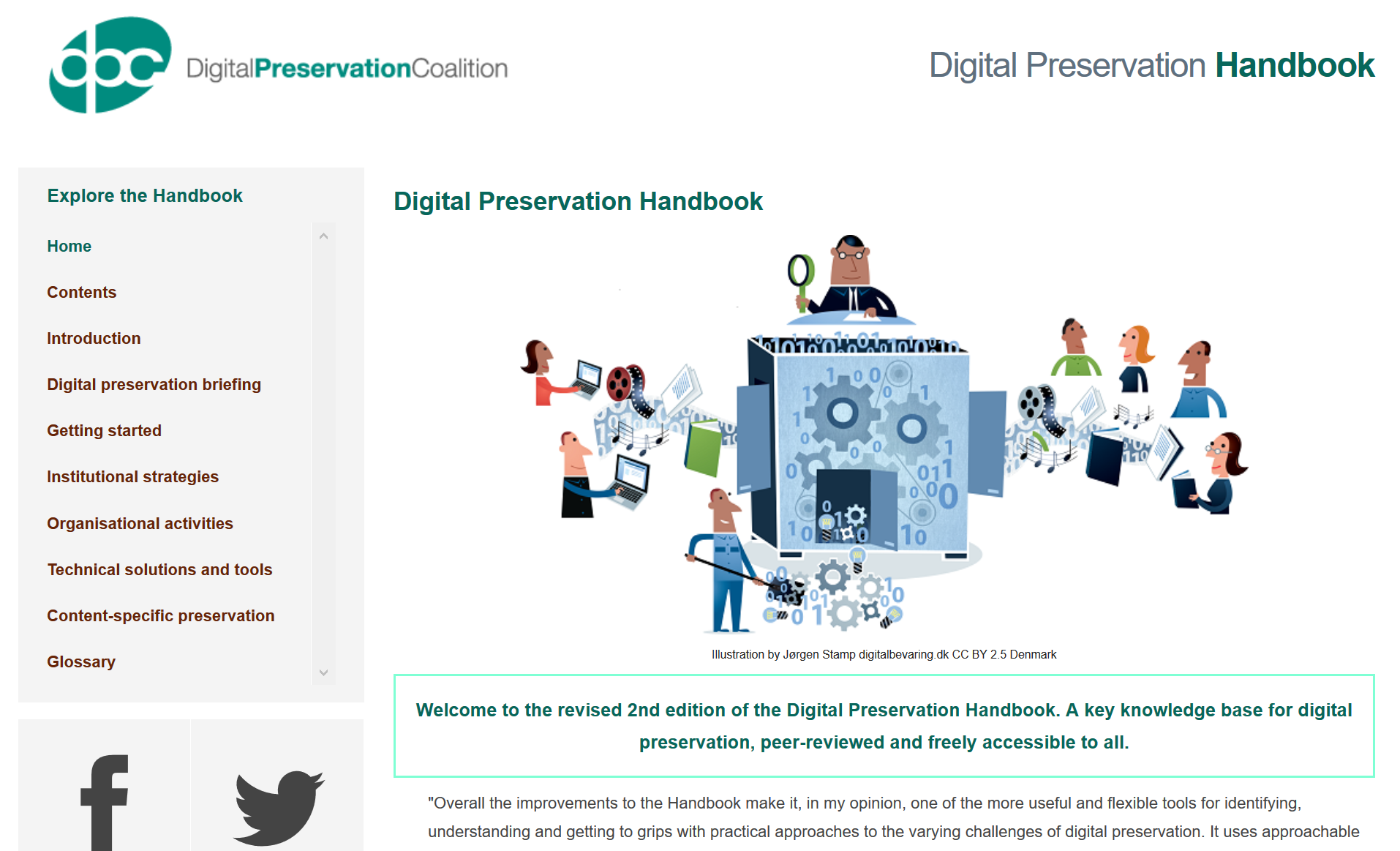 ter Neil Beagrie completed his sterling work developing the 2nd Edition.
ter Neil Beagrie completed his sterling work developing the 2nd Edition.
The 'Capstone' email appraisal approach
Alexander Roberts is Digital Humanities Manager/Research Data Manager at Swansea University and attended iPRES2018 with support from the DPC's Leadership Programme which is generously funded by DPC Supporters
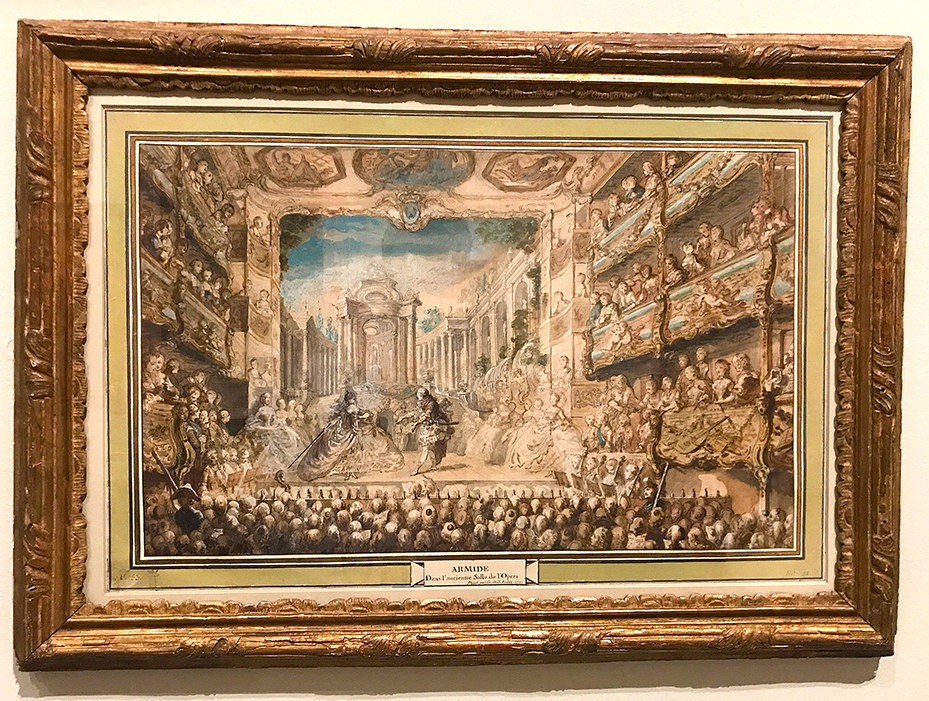
Welcome to my second blog post relating to themes and projects which sparked my imagination as a result of attending iPres2018, the international digital preservation conference, last September in Boston, USA. As I mentioned in my previous blog post discussing Denmark’s national digital preservation legislation, I am looking backwards in reflecting on takeaways from iPres2018, whilst very much looking forward to what iPres2019 has to offer.
In this two-part post, I will briefly discuss the history that led to the creation of the 'Capstone' email appraisal approach, which I first learned about during a session entitled, 'Archiving Email: Strategies, Tools, Techniques. A tutorial by[:] Christopher John Prom, Patricia Patterson, Wendy Gogel, William Kilbride, Ricardo Ferrante, Glynn Edwards, and Camile Tyndall Watson' on day one of the conference. I will also discuss what the approach means from a practical point of view and what its potential application within a University environment might look like. In part two I will discuss some of the tools available to accomplish this type of preservation and touch on wider questions concerning corporate communications and recent changes in relation to the tools used in complex environments.































































































































